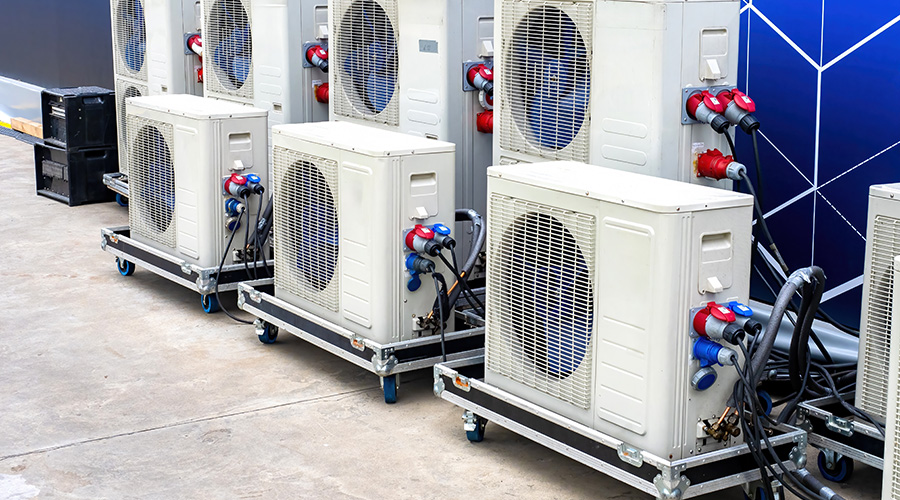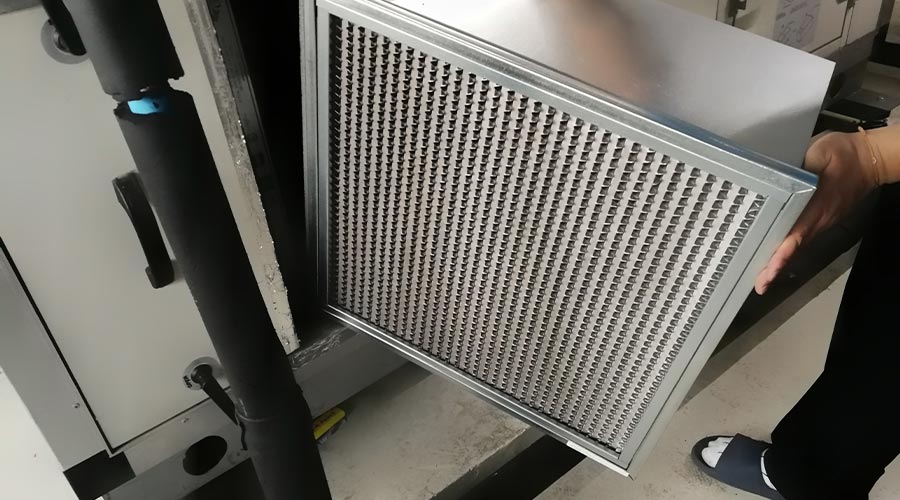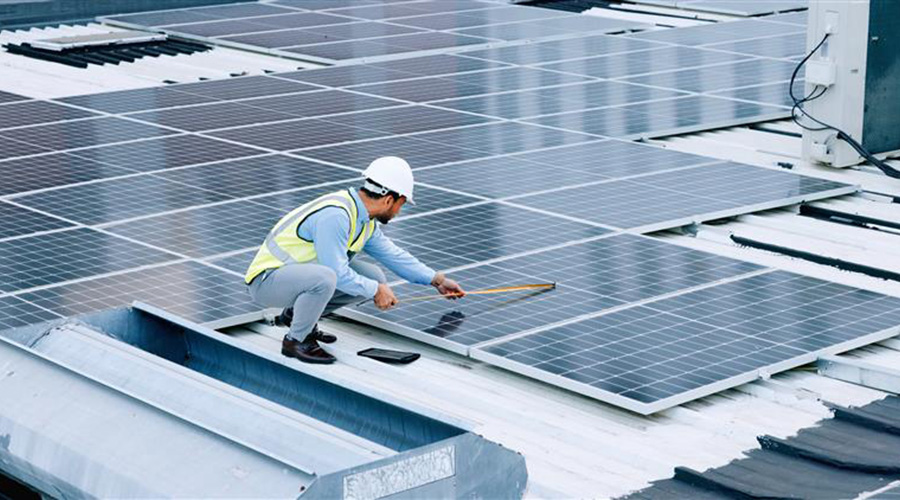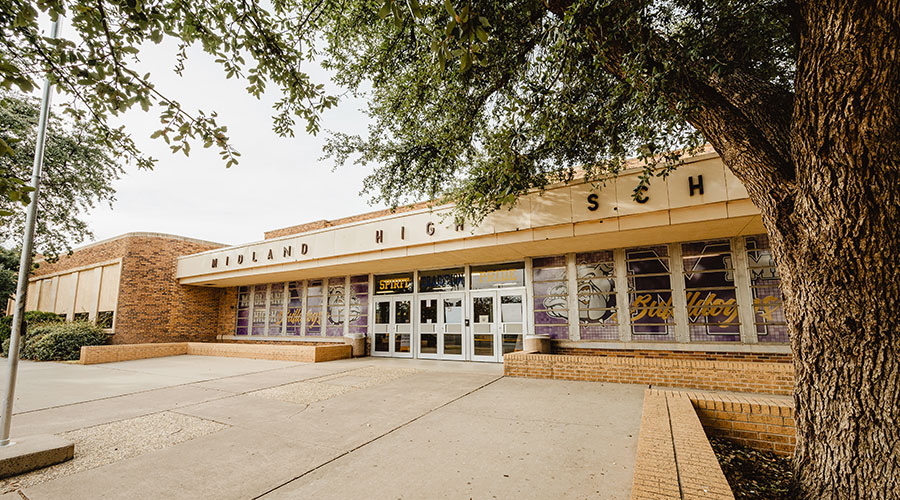Age, Operating Hours Crucial Factors in Chiller Replacement Decision
Closely related to chiller reliability, the nature of the cooling loads in the building must be taken into consideration when considering a chiller replacement. Not all cooling loads are equal. Interruptions in service have different impact on operations depending on what those operations are. For example, applications that use cooling primarily for comfort can withstand cooling system outages, in most cases, for longer periods of time than data centers.
Review the activities taking place in the facility and identify their cooling requirements. For each activity, rate the need for air conditioning on the basis of what the impact of an outage would be on operations.
Use a simple scale, such as low to high. When all have been rated, look at how many have a high rating. If the facility has a large number of activities that have a high or critical need for air conditioning, and the reliability of the existing system is declining, then managers should consider replacing the central system or installing backup cooling equipment to serve those critical areas.
Borderline Cases
In some cases, it will become clear that it is time to replace a chiller. In others, it will be clear that keeping the existing chiller is the best option. But in a few cases, the most appropriate answer will not be so clear.
The existing equipment could be properly sized and reliable, but inefficient when compared to new equipment. It could be that efficiency is not an issue, but reliability is. In these cases, engineering and maintenance managers have several options. They can add equipment, such as variable frequency drives to improve part-load efficiency. They can perform a retrocommissioning on the chiller to improve its efficiency and reliability. Even major maintenance activities, such as re-tubing or re-shelling, can extend the life of the chiller.
As a rule of thumb, the best candidates for replacement are those chillers that are 20 years old or older, operate a minimum of 1,000 hours per year, serve a number of critical loads in the building, and are trending higher in maintenance requirements.
James Piper, P.E., is a national consultant based in Bowie, Md., He has more than 25 years of experience in facilities maintenance and management issues.
Related Topics:














